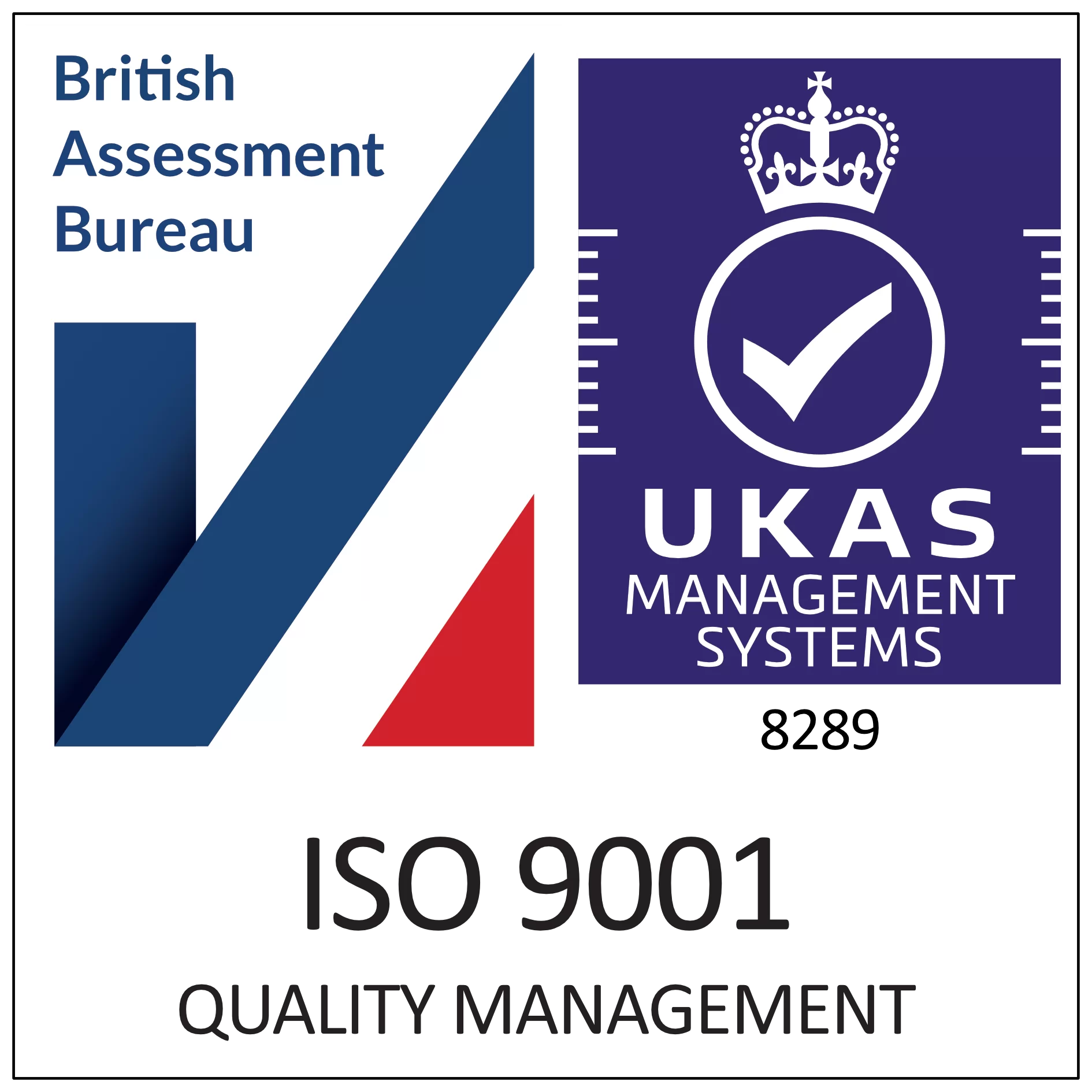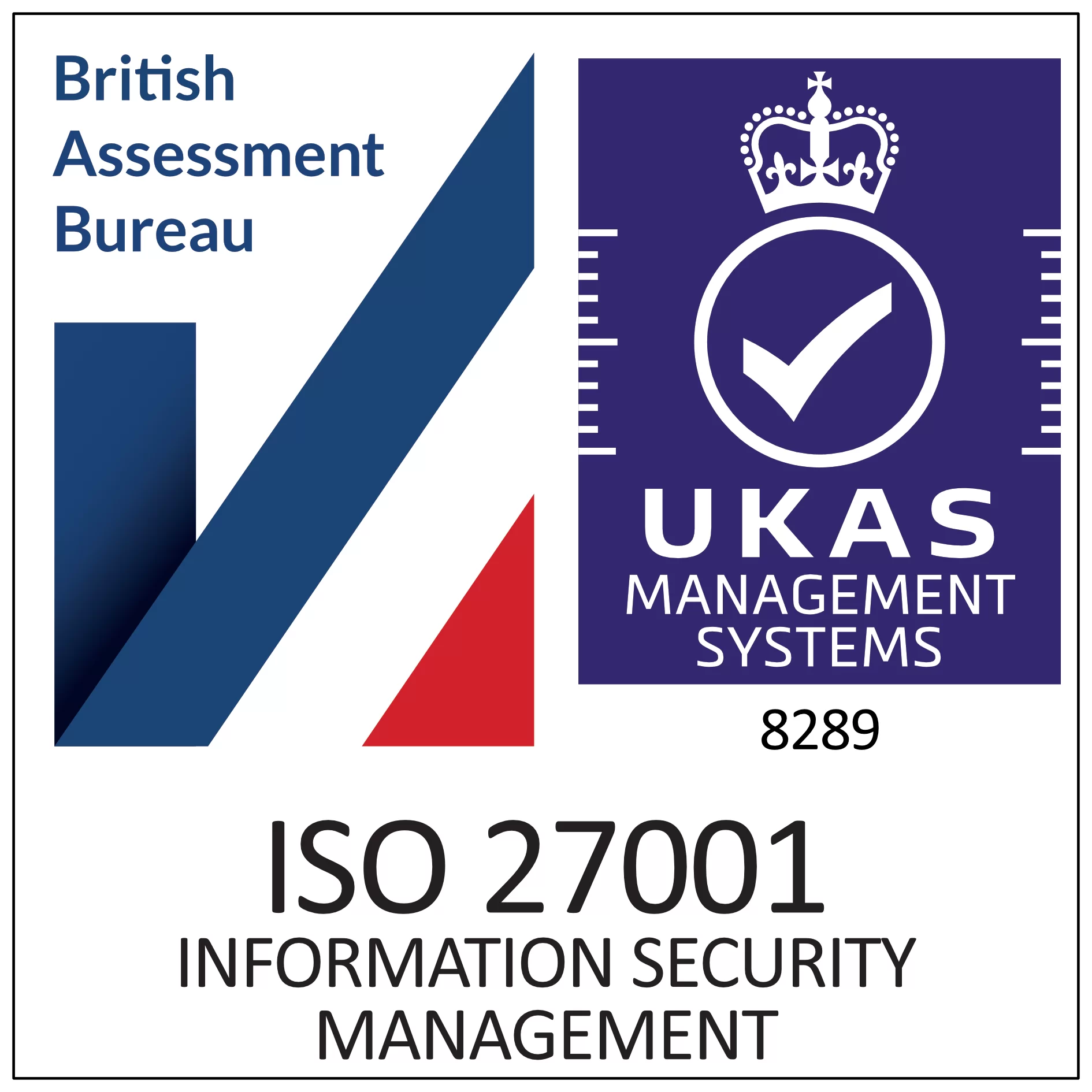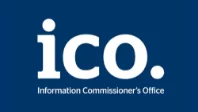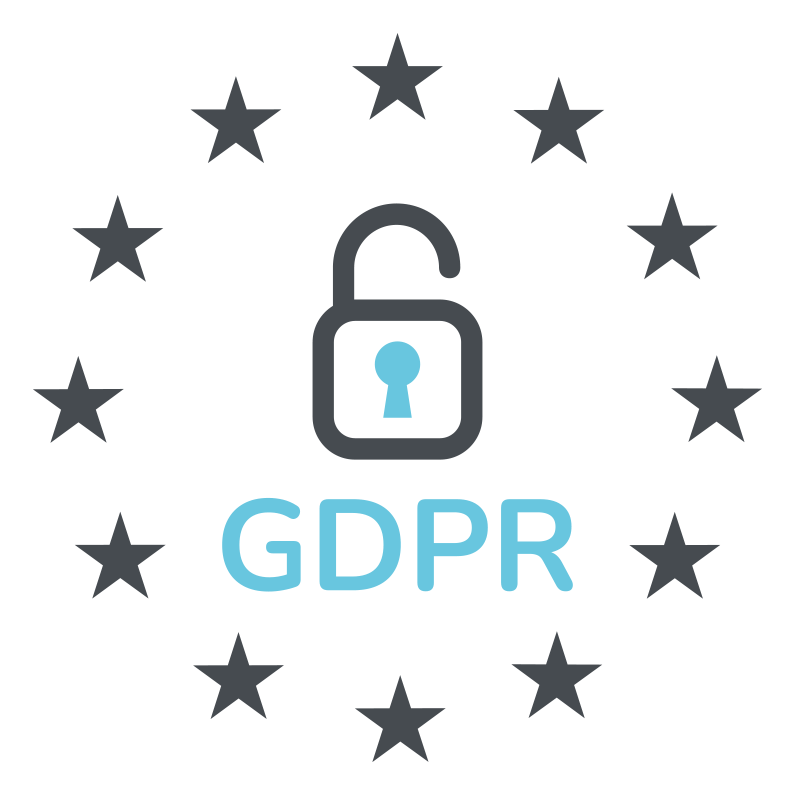eIDAS 2.0
What is eIDAS 2.0?
eIDAS 2.0 is the second iteration of the Electronic Identification, Authentication and Trust Services (eIDAS) regulation implemented by the EU. The aim of eIDAS 2.0 is to further streamline and secure electronic transactions across EU member states, increasing trust and more seamless interoperability. The updates in eIDAS 2.0 are particularly important for identity companies, as the regulation provides a standardised framework for digital identities and trust services, enabling simpler and more secure cross-border transactions.
Building on the foundation of the original regulation, eIDAS 2.0 introduces enhanced features and capabilities to address the changing demands of digital transactions and identity management, ensuring it stays aligned with the needs of the modern digital landscape.
What changes will eIDAS 2.0 make?
The changes in the reformed eIDAS cover three key areas:
- Removing weaknesses in the current version of the regulation
- Additional trust services – electronic certificates for authentication, electronic registered mail, and more
- Digital identities/proof of identity with the Digital Wallet
Whilst eIDAS has achieved mostly positive results, it hasn’t yet fully succeeded in its original aims, with eIDAS 2.0 intending to fill in the missing gaps. One of the main goals of eIDAS 2.0 is to encourage more individuals and businesses to use secure and trusted digital identity solutions. Another important goal for eIDAS 2.0 is to improve the infrastructure and interoperability of national services for digital solutions.
When does eIDAS 2.0 come into effect?
The European Union published the regulation establishing the European Digital Identity Framework in the Official Journal of the European Union, effective 20th May, 2024. Currently, the implementation of the regulation is ongoing, with the full rollout expected to be completed by 2026. However, the European Commission has set specific deadlines for certain aspects of the standards to be in place. This included the 21st of November 2024, which is when the institution established reference criteria and verification processes for digital identity wallets, which are a core part of eIDAS 2.0.
To find out more about eIDAS 2.0, check out our guide covering the topic.














